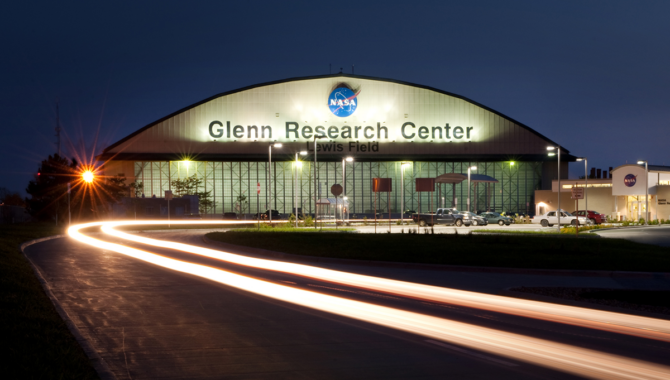
Hybrid event will focus on succession and continuity.

Hybrid event will focus on succession and continuity.
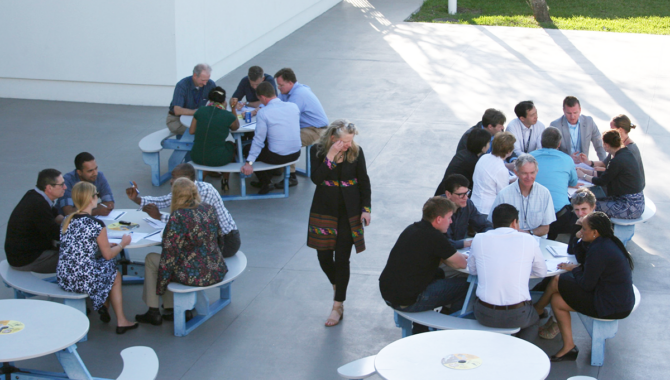
Meetings can be designed and executed as an effective knowledge capture and sharing tool.
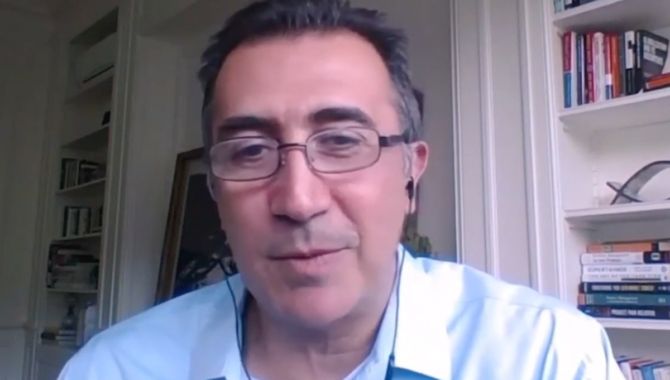
Resilience is a crucial skill for a successful project manager.
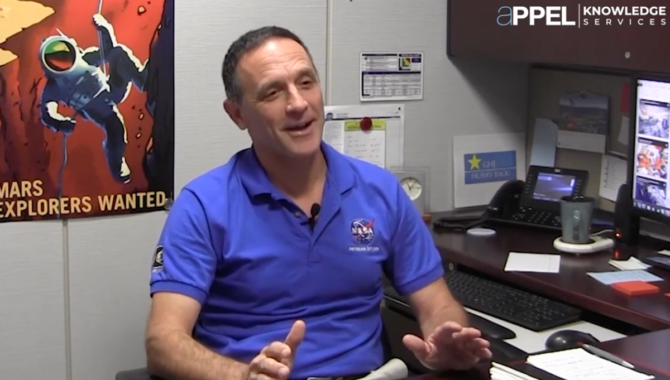
Communication with context allows a project manager to focus their audience’s attention on what they are trying to convey.
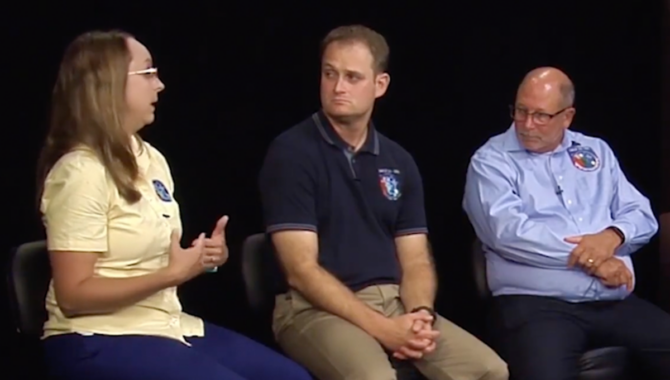
Project leaders can create a working environment for their team members that will lead to mission success.
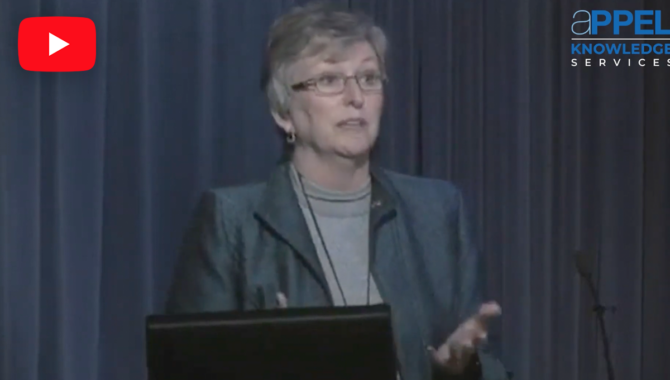
Leaders can set a good example to help their teams become determined to succeed.

An engineering leader welcomes diverse opinions and ideas to spot and solve project challenges.

A project manager should be vigilant against certain types of behavior that can lead to a project failure.

A project manager can influence their project team to use creativity and flexibility to overcome problems by giving good direction.